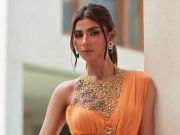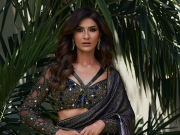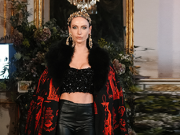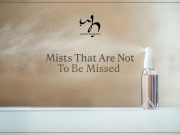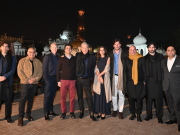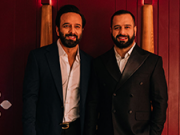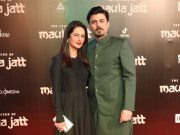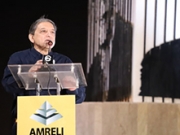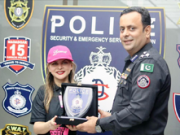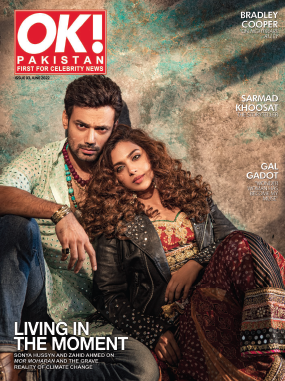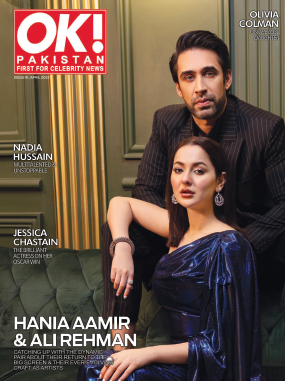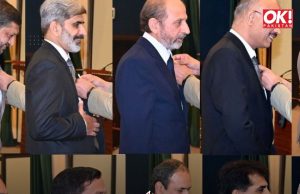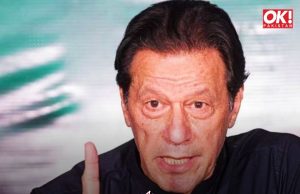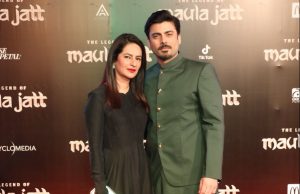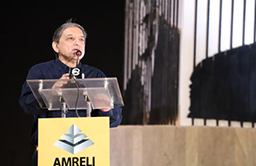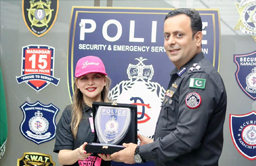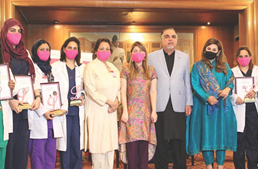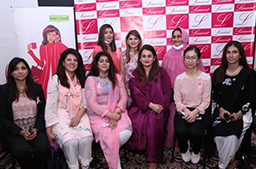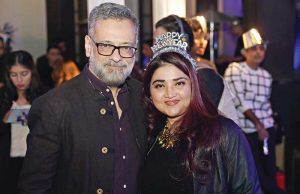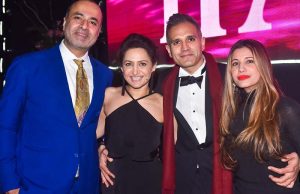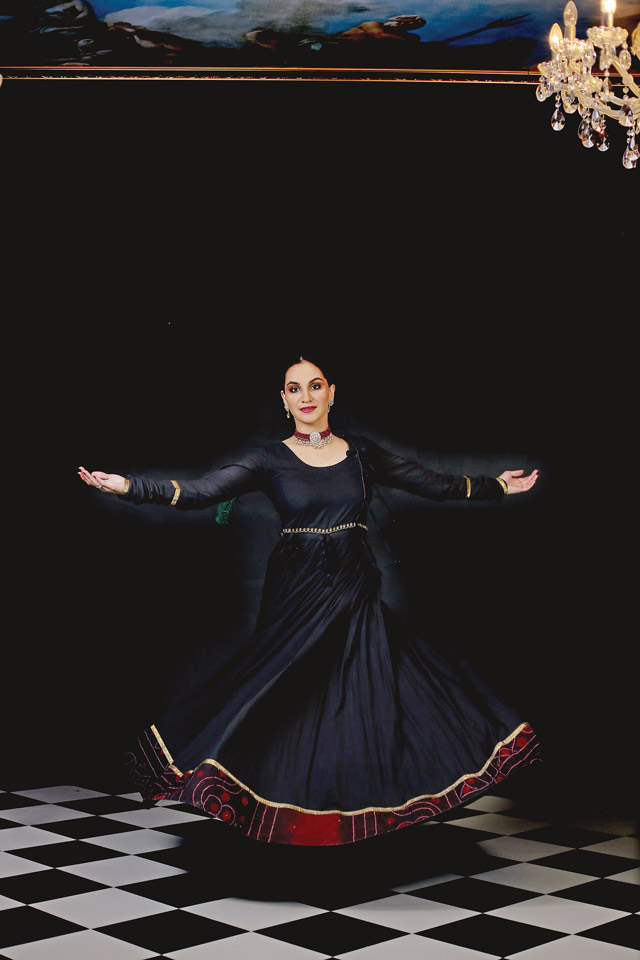
As Deborah Bull once said, “I enjoy the freedom of modern dance and the constraints of classical dance.” Our notion of storytelling is bound to films and television alone but the heart of it lies in culture and the arts. Dance, like any other creative exercise, drives excitement and joy – the classical Kathak is no exception. This ancient dance form enjoys unmatched significance today and has a special place in modern history.
Meet our enthusiastic British-Pakistani Kathak dancer, Alaina Roy who communicates stories through her performances. She began her professional training at the age of seven and has not looked back since.
Give us some insight into your life.
ALAINA ROY: I was born in London and lived there until I was four years old. Our family relocated to UAE and I spent a large portion of my life in Dubai before moving to Pakistan. I am in my final year of Bachelors in Psychology at Royal Holloway, University of London. My family resides in Pakistan, so I split my time between the UK and Pakistan. You could say I get the best of both worlds. That aside, I absolutely adore dogs and have two of my own in Karachi – Pluto and Coco.
What sparked your passion for classical dance?
AR: My parents have been my biggest supporters, especially when I decided to choose arts as a career. I was initially learning ballet but had no interest in it. My mom then enrolled me in Kathak classes and I instantly connected with it, possibly because I had never lived in Pakistan before and Kathak really allowed me to bond with my roots. I have been training for about fourteen years now and occasionally teach this form of dance in Karachi.
How is Kathak different from other styles of dance?
AR: Every art form has its own beauty, technique and style. In Kathak, for instance, discipline comes to you with ghungroos. This luxury is not available to you in other genres of dance, be it ballet or hip-hop. We try not to move certain parts of our body like chests, hips and shoulders during a performance.
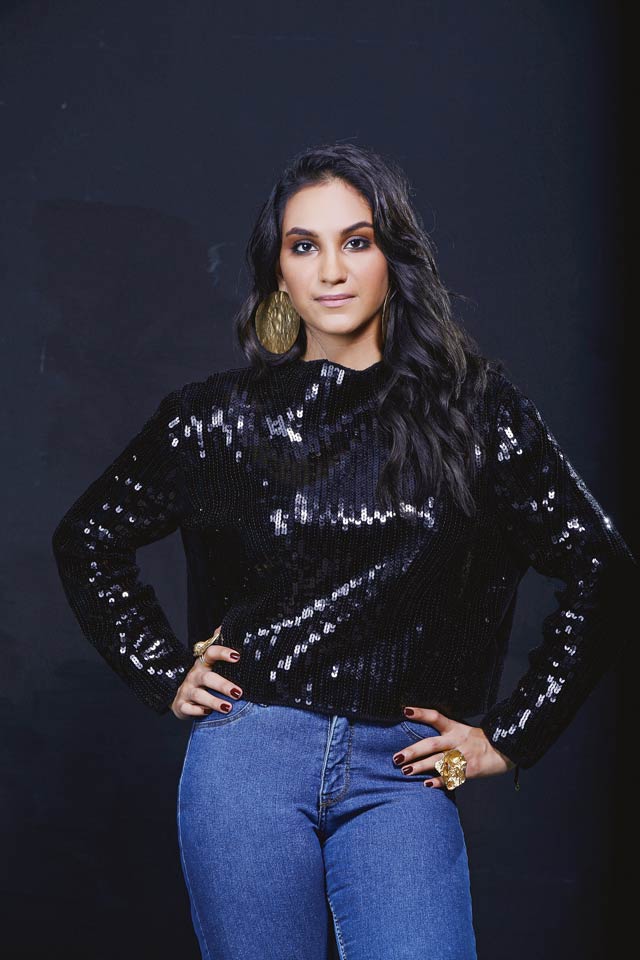
Which dance type is Kathak most similar to?
AR: Kathak is one of a kind. It has its differences and similarities. Body posture and certain techniques may overlap but it is equally important that each art form is recognized as its own.
What essential techniques have you learned from your mentors Guru Pali Chandra and Guru Nitesh Saraswat?
AR: My guru-ji’s have taught me varied techniques and so much more that has been vital to my growth as a dancer. One of the most important things Pali ji taught me was to be humble in my dance. It has helped me to this day.
Is dance, as an art form, therapeutic? How so?
AR: Yes – you can let go and express yourself without judgement. Each time I set my foot in the studio or perform on stage, I feel relaxed and extremely content to be at liberty. I feel free when I dance. It allows me to be me.
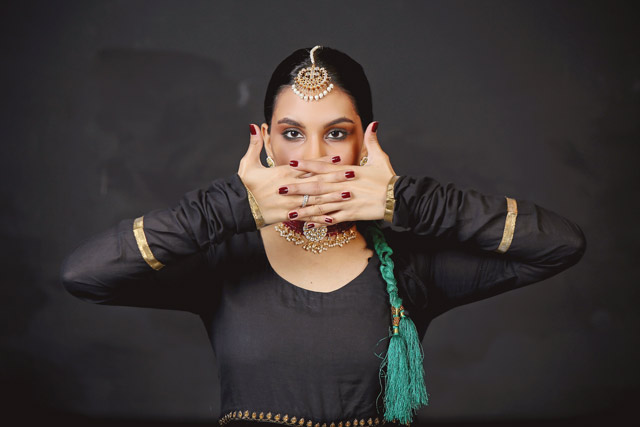
What do you deem more important; connecting with the audience or connecting with the stage?
AR: Oh, definitely both!
In order to achieve the ultimate performance, is it necessary for the mind, body and soul to be in unison?
AR: One hundred percent!
How do you manage to maintain a proper posture during a performance?
AR: It comes with a lot of practice and endless hours of stage time. The manner in which you hold yourself is essential and I am extremely grateful to both Guru Pali Chandra and Guru Nitesh Saraswat for teaching me the value of maintaining the appropriate posture while dancing. It was something I always struggled with as a child but my Kathak training allowed me to strengthen this skill.
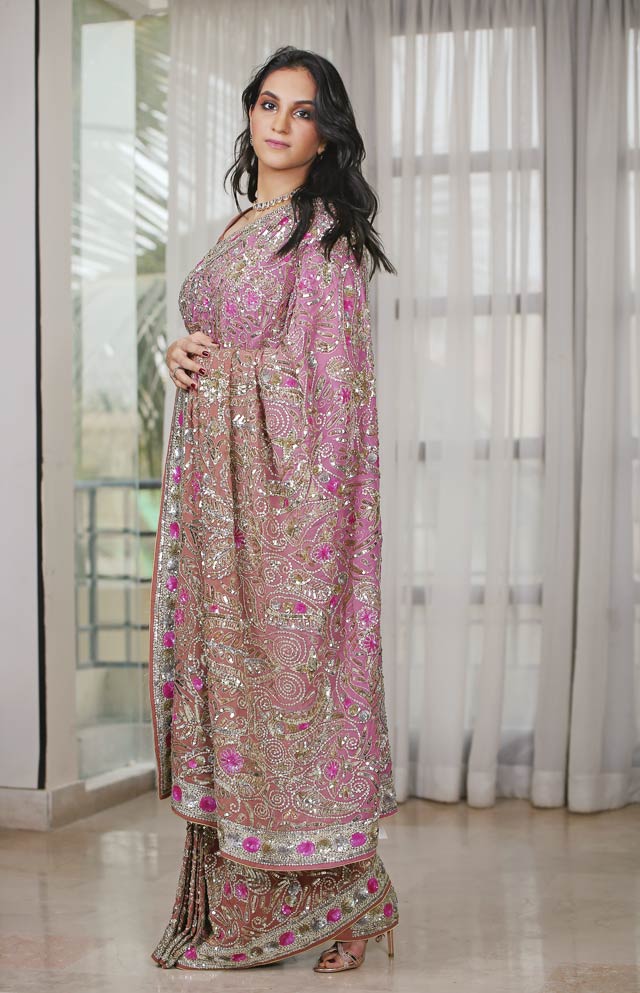
How do you attune yourself to the background music while dancing?
AR: I carefully listen to the compositions prior to my performance. I come up with a conceptual theme and jot down the precise timeline of the beats. I express myself through music and consider the ambiance, my emotions and thoughts. I often ask myself, “What story do I want to tell?”
While conducting expressional workshops, I often ask my students to make sense of the tunes. To voice a story dramatically, one must connect with music and fathom each beat and lyric.
What creative inputs do you incorporate in your performances?
AR: I look up new music and watch classical performances from around the world.
Many artists in the field inspire me but I try to make the most use of our local compositions to promote our musicians.
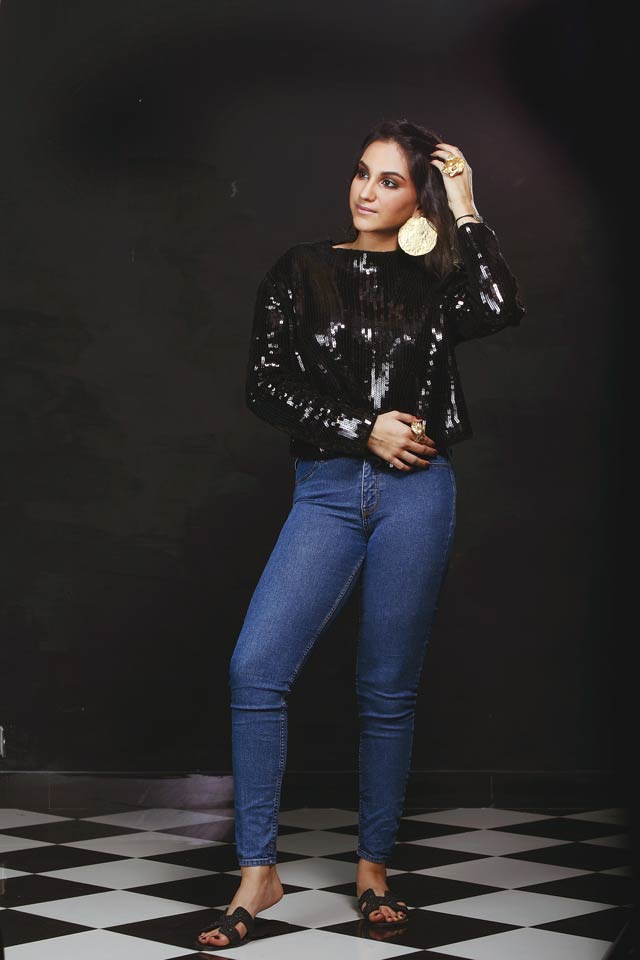
What is the scope of dance in Pakistan today?
AR: It has scope here but if you talk about Kathak specifically, people have grave misconceptions about it. Unfortunately, the lack of understanding and knowledge of this art form has not raised any curiosity for it. The day Pakistanis begin to accept its roots, a number of doors will open up for young aspirants. I am trying to break the mold myself but it is a gradual yet progressive process.
Do you feel that we have failed to recognize the worth of dance in Pakistan?
AR: Yes, we have failed to uphold, recognize and promote the culture of dance.
What do you hope Pakistan’ government accomplishes for all the declining art forms across the country?
AR: As a starting point, we should bring more awareness on dance and offer it as an extracurricular activity in schools. The government can encourage more performances at our heritage sites such as Alhamra Art Centre and Pakistan National Council of Arts. We need to revere art and not promote it commercially. It is an inherent part of our culture.
INTERVIEW: HAIDER RIFAAT
COORDINATION: RAO ALI KHAN
Photography: Shoib abrar
Make-up & hair: NABILA’S SALON![]()













